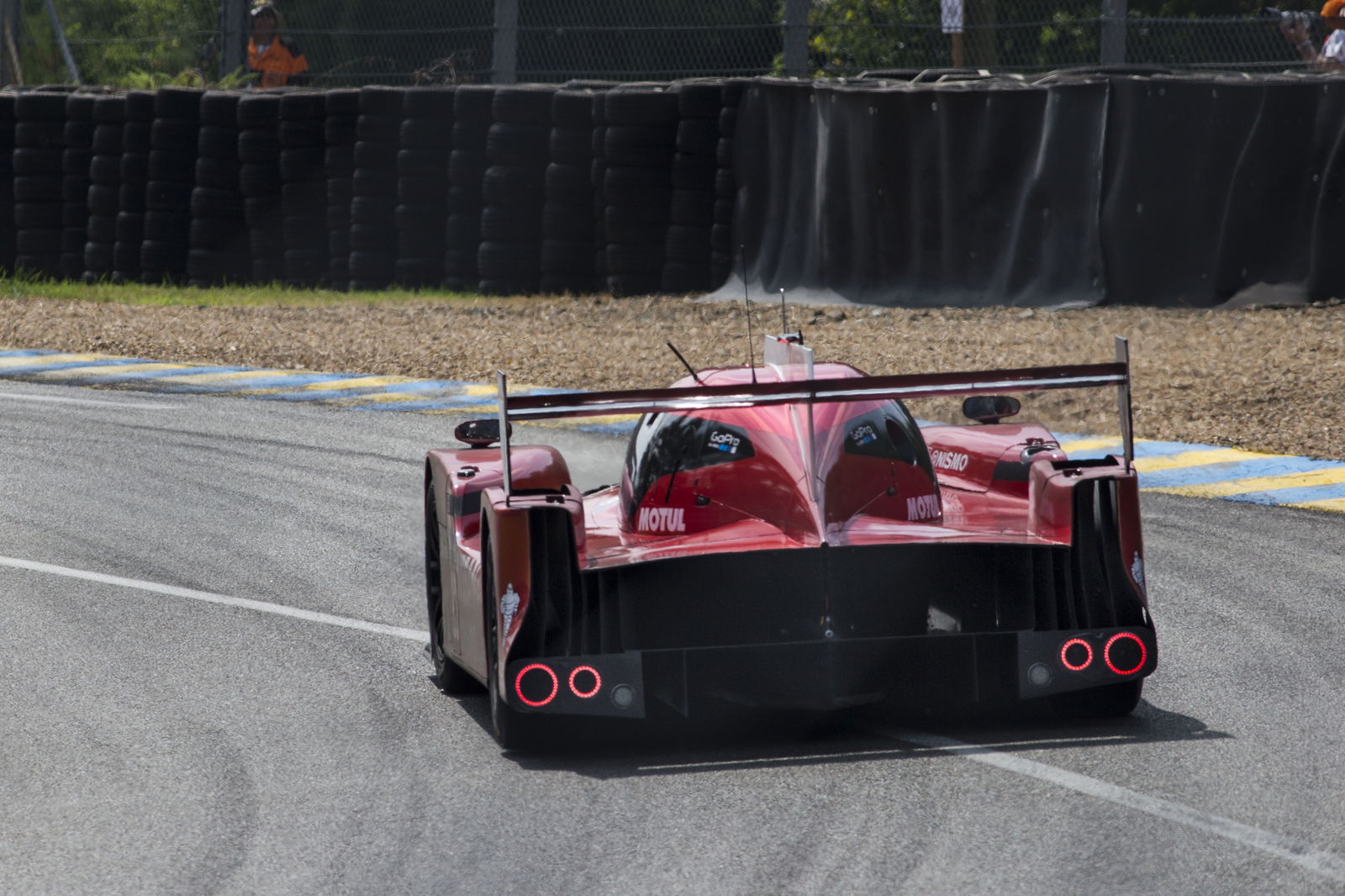5 Reasons Why The FWD Nissan GT-R LM Nismo Wasn't As Disastrous As It Looked

By bringing a hugely unconventional, front-engined and predominantly front-wheel drive prototype racer to La Sarthe, Nissan became the most scrutinised outfit at Le Mans long before the race even started. With this highly radical car, Nissan was never expecting to challenge the likes of Audi and Porsche for the win, but even so, the result of the race - which we attended with Nissan - looked pretty grim on the surface.
Not only were the cars 20 seconds off the pace, only one of the three machines actually finished. And it finished in stone-dead last; an unclassified result due to only completing 70 per cent of the winning Porsche 919’s laps.
So, does this prove that the whole thing was a waste of time, and that Nissan Motorsport head Darren Cox, designer Ben Bowlby and the rest of the team are barking up the wrong tree with this radical concept? Not by a long stretch. Here’s why:
When we spoke to the team a few weeks before Le Mans, we were told about one of the biggest hurdles it would be facing: the hybrid system which recovers energy from the front wheels and deploys at the rear would not be used at Le Mans due to reliability concerns.
This had a huge effect on the car, for numerous reasons. The most obvious one being lack of power: with the full hybrid system in place, the GT-R LM is good for up to 1250bhp for short periods of time. The 3.0-litre V6 petrol engine on its own produces around 550bhp.
However, lack of overall power wasn’t the only issue. As a purely front-wheel drive car, it wasn’t as effective as it could have been on corner exits - where the rear wheels would have be powered for short bursts by the hybrid system. It was much more difficult to pilot with the drivers (including Jann Mardenborough, as seen in the video above) having to deal with heaps of torque steer.
2. Poor reliability skewed the race result

Yes, the GT-R LM may have finished last overall - behind even the amateur GT drivers, including Grey’s Anatomy actor Patrick Dempsey - but this was mostly down to reliability, not pace. All cars spent a significant amount of time in the garage with braking issues (some of which were caused by the absence of the hybrid system which would have been harvesting from the front axle), suspension problems, an animal which got in the way of the #22 car, and other complications.
The reason for much of these reliability problems, stray animals aside, leads us neatly on to point number 3:
3. The car is still under-developed

Porsche may have rocked up and challenged for the lead at last year’s race - its first effort as an LMP1 team in years - but in development terms, Nissan is months behind where the German manufacturer was back then. Failing a crash test earlier in the year particularly hampered Nissan, and the team ended up pulling out of the first two races of the 2015 World Endurance Championship at Silverstone and Spa Francorchamps.
Also, you just have to look at what Nissan is trying to develop here. It’s so radically different to anything else in the field. Porsche’s 919, on the other hand, uses the familiar mid/rear engine plus four-wheel drive approach which Audi has used to great success over the years.
What the team needs desperately, is more time spent testing…
4. The testing data was invaluable

…which is exactly what it got at Le Mans. The Nissan team has been pretty clear - both before and after the race - that Le Mans this year is essentially one big and very public testing session. When we were shown around the Nissan pit garage, a representative seemed unflustered by the cars running around in the mid table. Instead, he was gleefully telling us of the hundreds of miles-worth of testing data they’d been busy collecting with the three cars, all of which were then still running.
5. The technical innovation is more interesting than the race results

The the level of interest Nissan has created - and its openness about the project - shouldn’t be underestimated. Nissan’s brief for its new sports racing car was to not make “an Audi copy,” and what it’s come up with couldn’t be further from Audi Team Joest’s machine.
This idea of using the much more efficient frontal to do the bulk of the aero work, freeing up the rear end of the car to lower drag, is a fascinating one, and the way it’s being implemented is utterly daring.
I sincerely hope that the team is much closer to the front at La Sarthe next year, but even if the project ends in a few year’s time without a victory at motorsport’s most prestigious race, I don’t think I’ll be disappointed. The technical details are gold for motorsport geeks like me, and more importantly, doing something so differently should be celebrated.



Comments